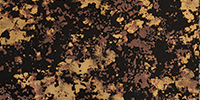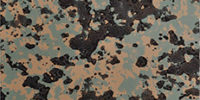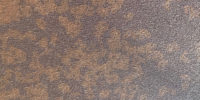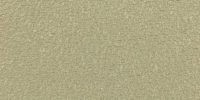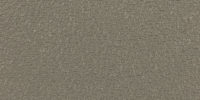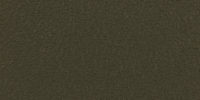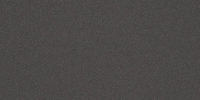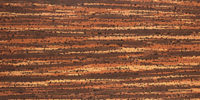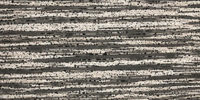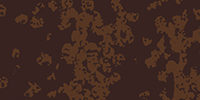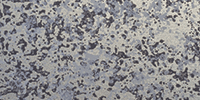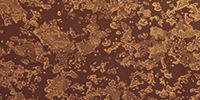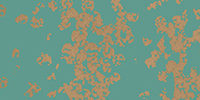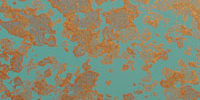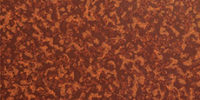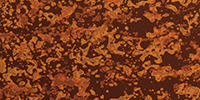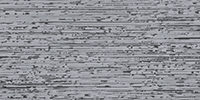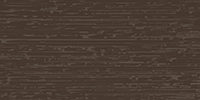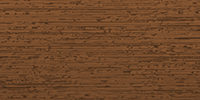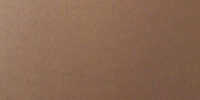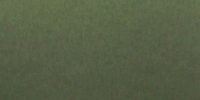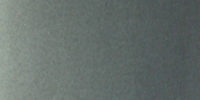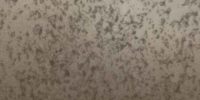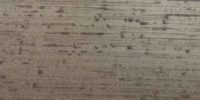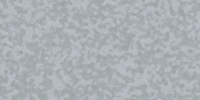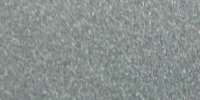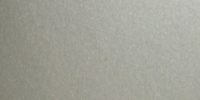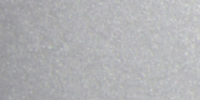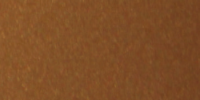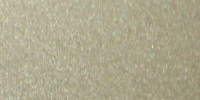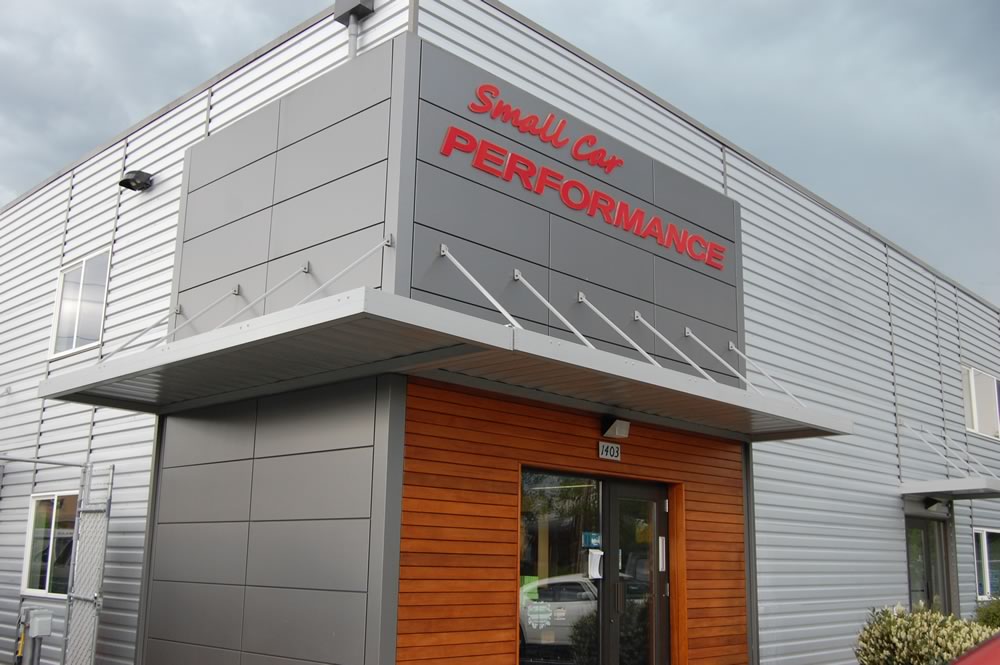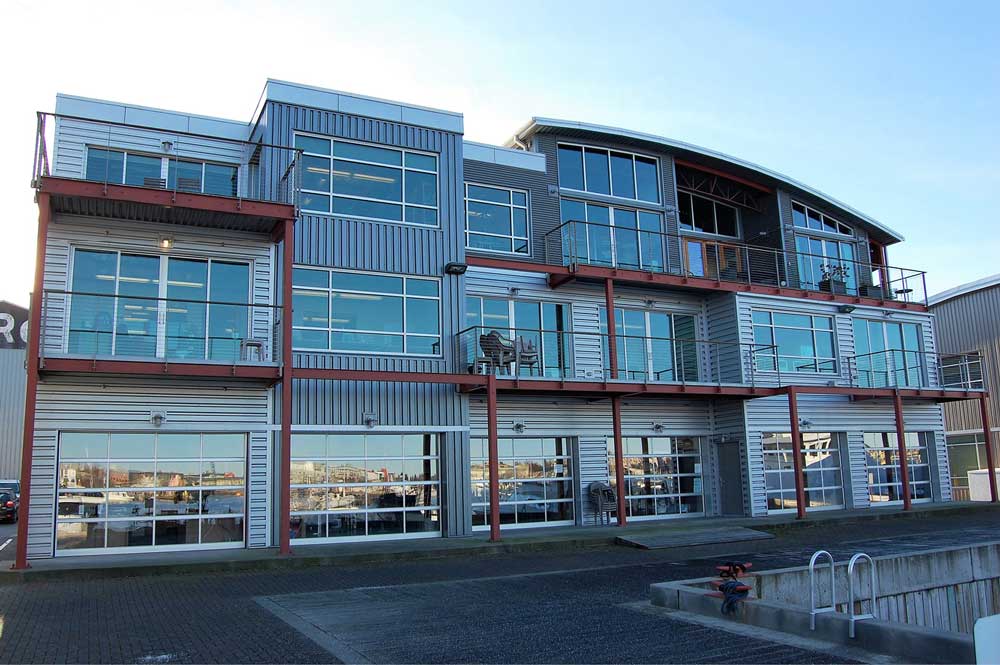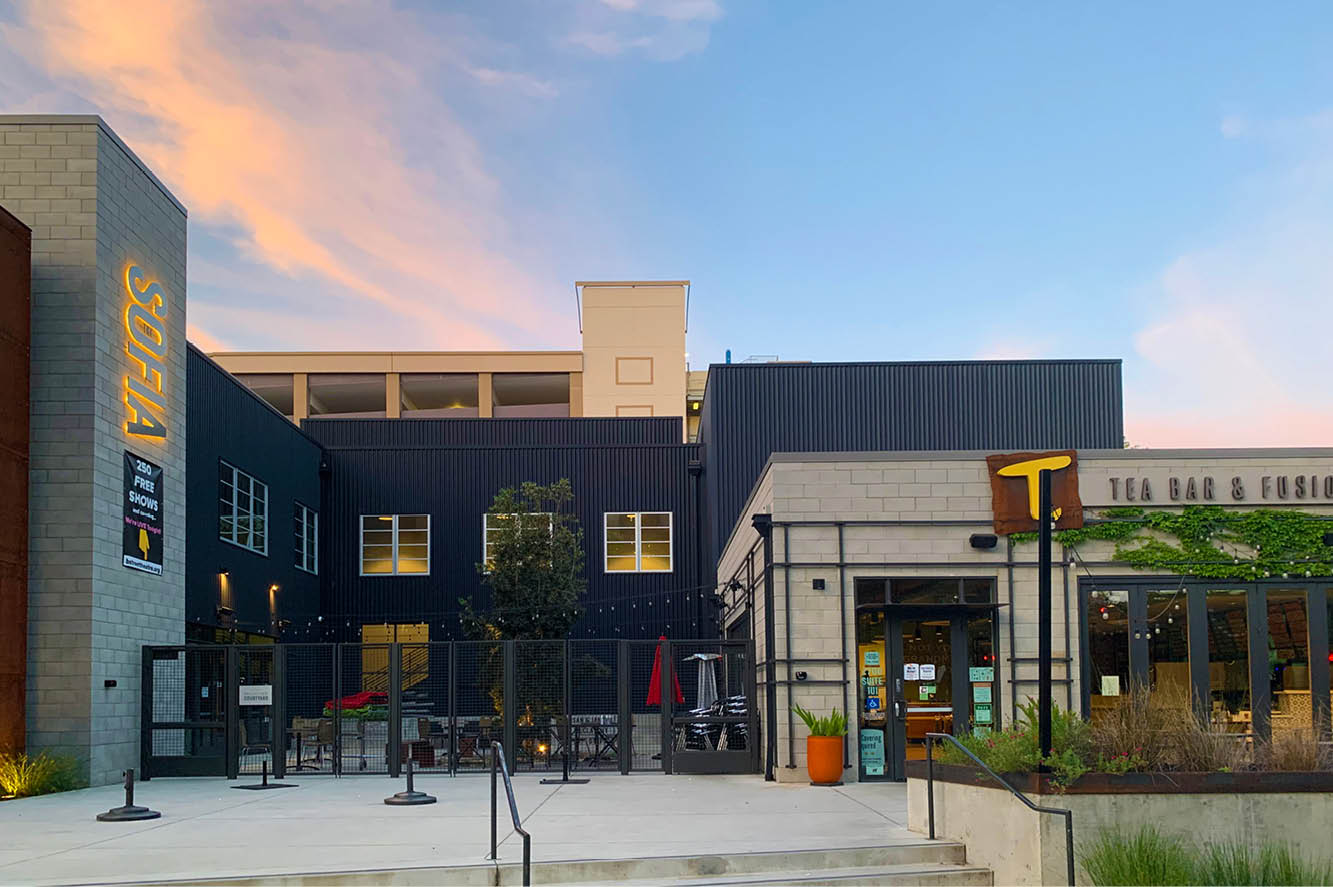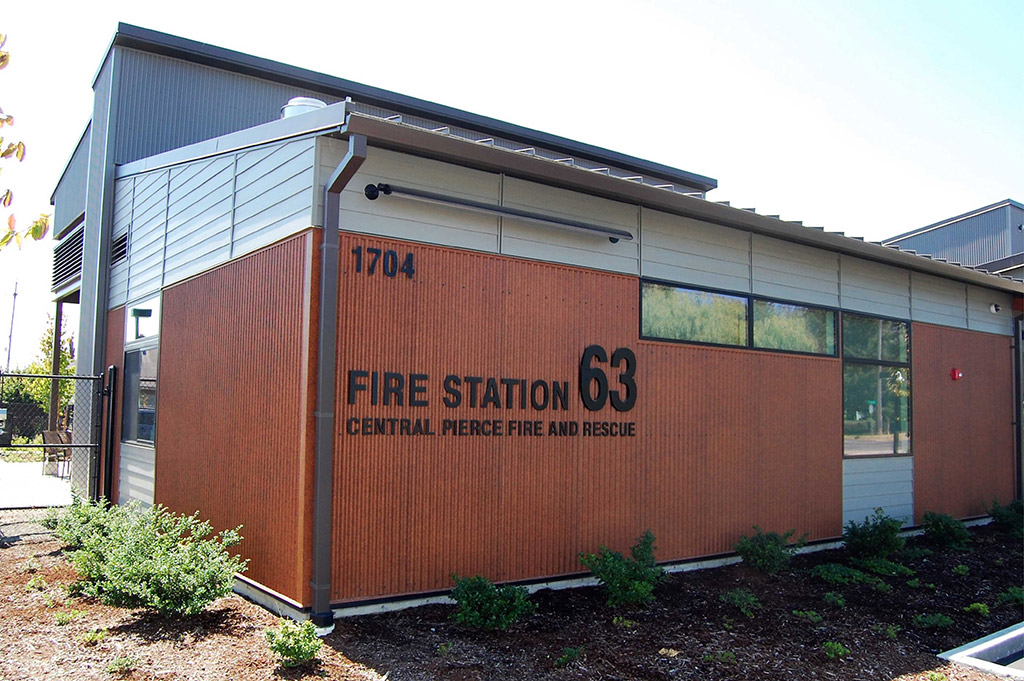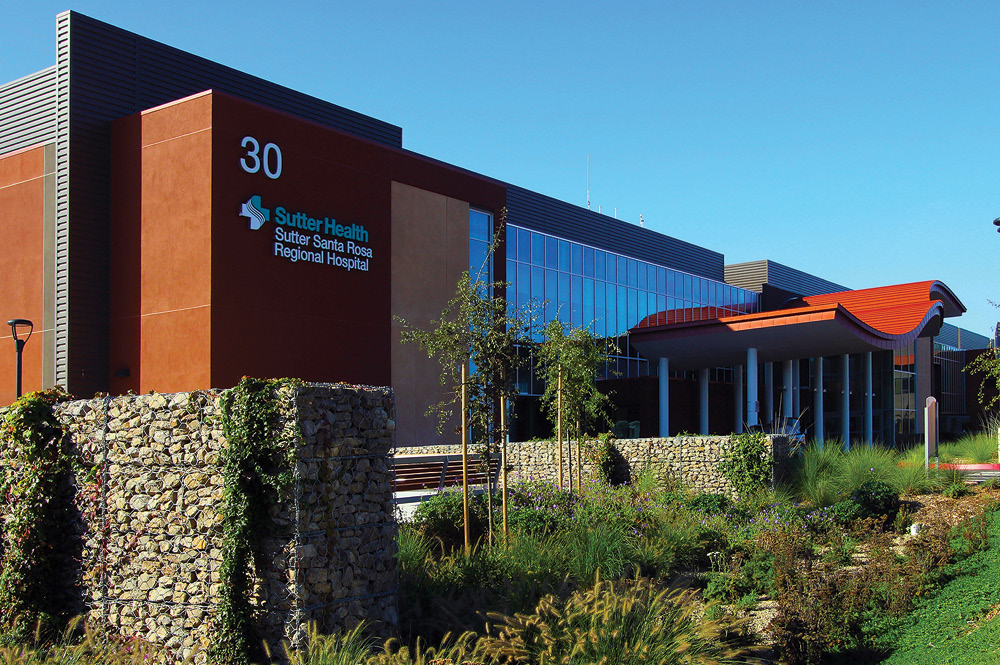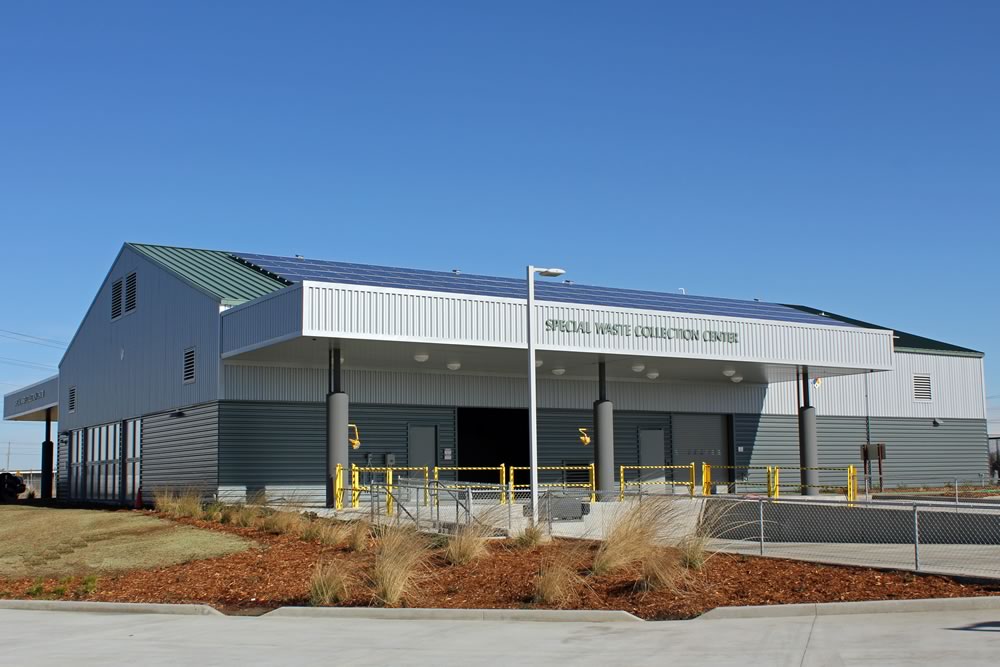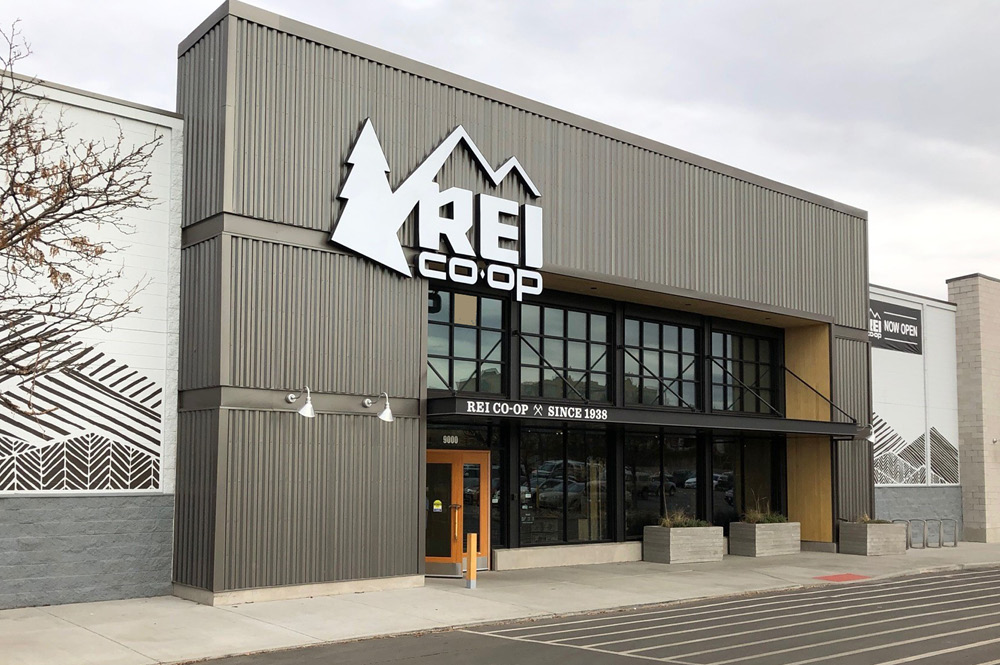What’s Behind the Paint? Part II
In this multipart blog series, we will look at all there is to know about paint on metal coils. The goal is to help you gain a better understanding of why painted metal is an ideal choice for your next project and how to make the best metal selections. Read on to learn more!
PRIMARY COMPONENTS OF PAINT
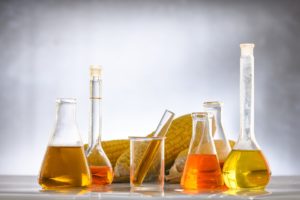
Paint is made up of several different components such as:
- Resin
- Pigment
- Solvent
- Additives
WHAT IS RESIN
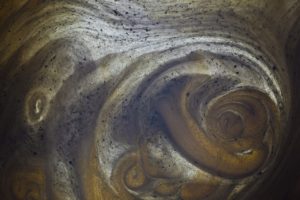
Resins can be found any form, from liquid to solid, and they are made up of natural or synthetic components called monomers. The monomers are reacted together to create a finished resin, or polymer. This resin is often referred to as the “vehicle” or “binder” of the paint, and it determines the primary physical and chemical properties of a coating.
COMMON COIL COATING RESINS INCLUDE:
- Polyvinylidene fluoride
- Silicone Polyester
- Polyester
- Epoxy
- Acrylic
- Urethane
WHAT ARE PIGMENTS?
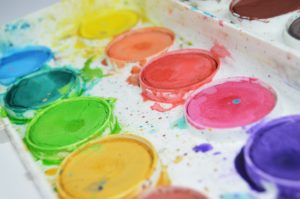
Pigments are substances that impart color to paint. They can be either naturally occurring or synthetically created, and they also provide a protective barrier for the coating. They can also provide:
- Color resistance to sunlight (UV) (less fading)
- Hide/coverage
- Gloss
- Abrasion resistance (less scratching)
- Viscosity and flow (how thick or thin paint is)
- Corrosion Resistance
- Special Appearance
- Water Resistance
- Reflectivity
TYPES OF PIGMENTS
The 3 basic types of pigments include:
- Organic
- Inorganic
- Ceramic
Beyond that, pigments are broken down further into the following categories:
- White Pigment: Titanium Dioxide – primary hiding pigment
- Inert Pigment: Talc, Silica, Mica – gloss, viscosity, flow. Do not impart hide or color
- Reactive: Zinc, Chrome- Corrosion protection
- Metallic: Aluminum – Decorative, reflective
- Pearlescent: Mica – Decorative, reflective
METAMERISM
In colorimetry (the science and technology used to quantify and describe physically the human color perception), metamerism is a perceived matching of the colors that, based on differences in spectral power distribution, do not actually match. Colors that match this way are called metamers.
Basically put, certain pigments or substances look visually different depending on the light source. These colors are referred to as metameric and may change with changing light. A good example of that is our ZACtique II which becomes dynamic with light thanks to the mica pigment.
In our next blog we will talk about solvents and additives and more!
Did you find this article helpful?





